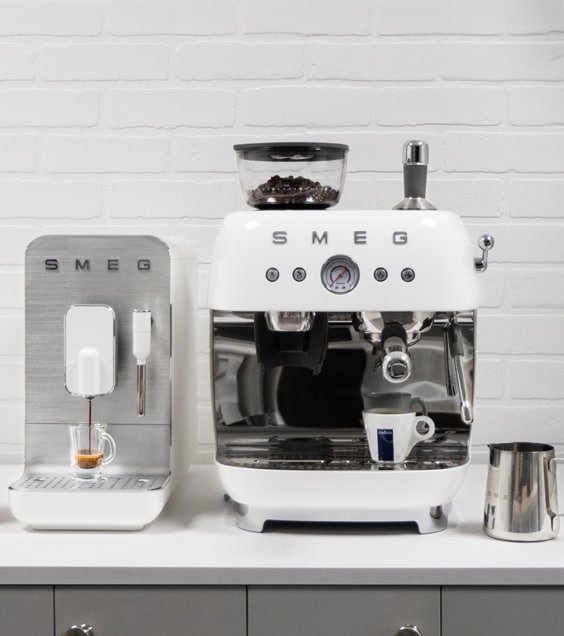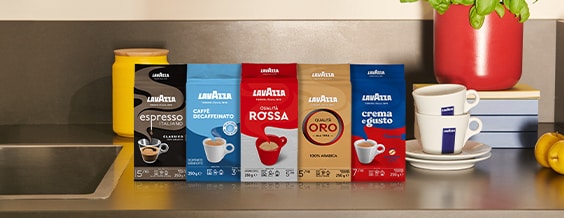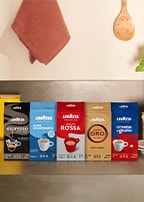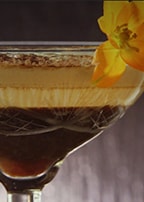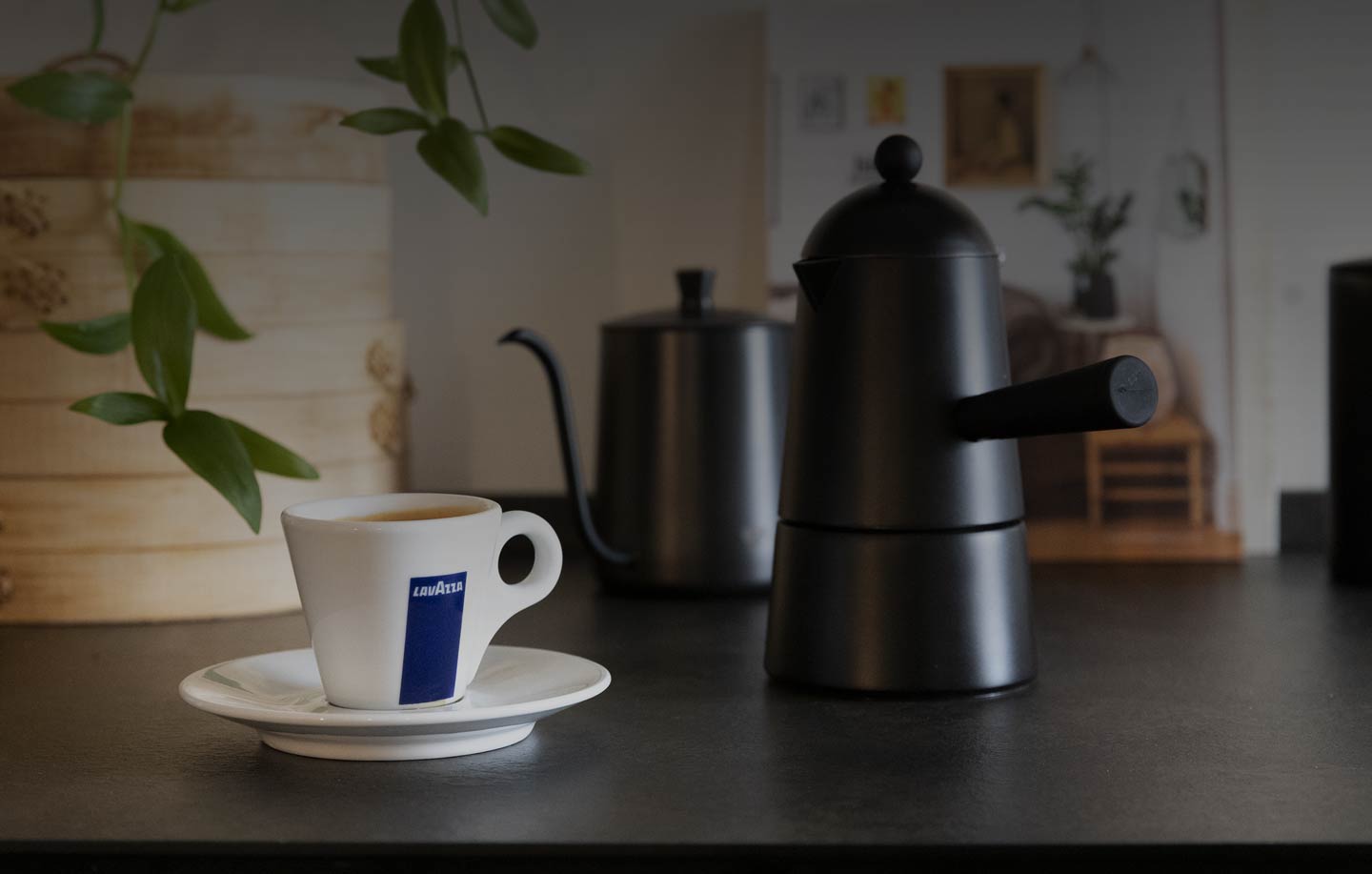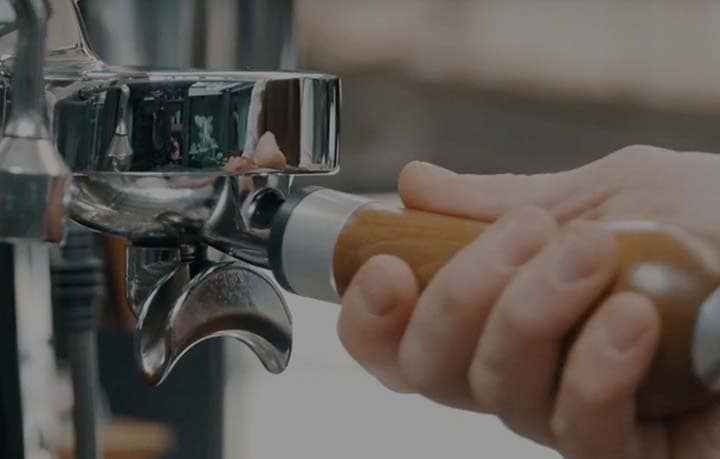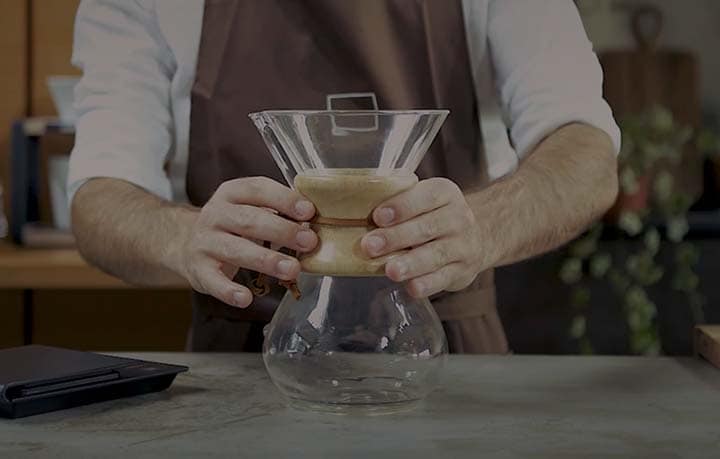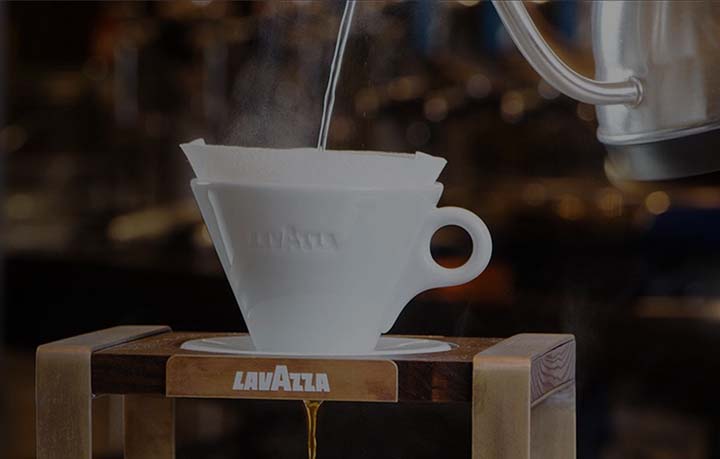*Lavazza is not affiliated with, endorsed or sponsored by Nespresso
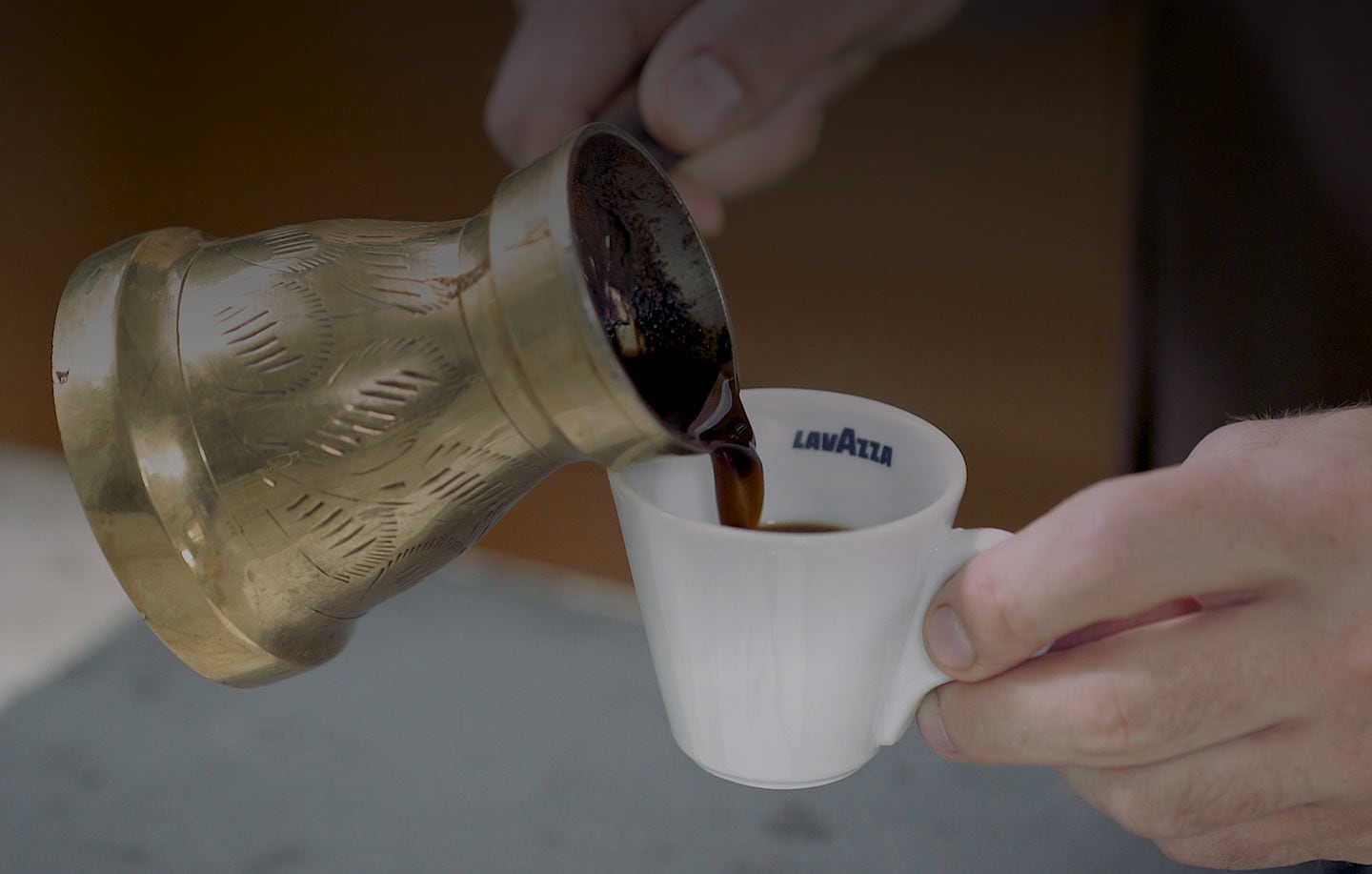

Cezve - All about the Turkish Coffee
Turkish coffee has a sort of romantic shade, since its hands-on process is truly ancient, dating back to the 16th century, at the time of Sultan Suleiman and the Ottoman Empire. The device Turks use to brew their coffee, known as cezve, hold an exotic appeal and provides a remarkable coffee experience, as we will see in the following paragraphs.
What is a cezve
Although being of Turkish origin, it seems the word “cezve” comes from the Arabic “Jadhwa”, meaning ember. A cezve consists of a small pot, a long handle and a pouring lip appositely designed to brew delightful Turkish coffee. Also called ibrik, meaning “water” or “to pour”, according to different traditions in the Middle Eastern world, cezve was originally made of brass, copper, gold, or silver. Being nowadays popular in Europe, the increasing demand for these traditional Turkish jars took producers to craft them in several materials, including ceramics and aluminium, in order to suit different heat sources.
Made in several sizes and designs, each material has its own advantages as well as disadvantages. However, they are all able to produce amazing Turkish coffee. Let’s see in detail which are the most common materials in which they are produced:
- Brass – A gold-toned metal which may look in a certain way antiquated, yet very elegant. Usually less corrosive than copper, it does not rust and is undoubtedly long-lasting.
- Copper – Another metal that does not rust, but in fact can corrode over the decades. That is why most copper Turkish pots are lined with tin on the inside. This feature increases the lifespan of this fancy stylish metal particularly suiting modern designed kitchens, with its smooth hammered decorations into the sides.
- Stainless Steel – Up-to-date, smart stylish and, moreover, very easy to clean. This durable material is also ideal for a modern cezve!
Whether old fashioned or the latest fashion, these materials are all safe and suitable for preparing a tasty and strong cup of Turkish coffee!

The Turkish method to make a coffee
What is Turkish coffee? Let’s see what makes it different from regular coffee. First, as the name itself suggests, we are dealing with a traditional beverage from Turkey, which is in fact quite popular abroad, both in Asia and Europe. It has a very distinctive character and differs a lot from the regular coffee because of the grind of the beans and its method of preparation, which obviously includes the cezve. Its traditional brewing requires very finely ground coffee (finer than regular one), water and, usually, sugar. As we are about to see, the preparation of Turkish coffee involves a frothy foaming stage – just below boiling – in the cezve before serving.
While any kind of coffee is suitable for Turkish coffee, Arabica varieties are indeed the best ones. Nevertheless, Robusta or any other blend are still appropriate and will make your cup flavourful! To grind your coffee, you can make use of a cheap and matching crafted Turkish coffee mill. Let’s now see how to prepare your wonderful Turkish coffee with this following easy-to-make method!
The method of preparing cezve
- Add about 50 millilitres of water per cup to the cezve;
- Add sugar to taste and stir to blend it;
- Boil it then remove from heat;
- Add a teaspoon of coffee per cup and boil your coffee;
- Remove the cevze from heat right after bringing to a first boil and discard the foam that has been generated, then mix well;
- Turkish coffee is boiled twice in succession, while the cezve is removed from the heat between the first and the second one; The foam can either be discarded or kept after stirring it well according to your taste;
- Let the remaining powder settle before serving;



All the tips to use a cezve pot
Here are a few additional tips for making your traditional Turkish coffee delightful using a fancy cevze:
- Use fresh ground coffee , otherwise it won’t foam as you want it to.
- Use cold filtered water and optionally add a tablespoon of cold water to the pot after boiling twice: it will accelerate the process.
- Mix the coffee, water, and sugar gently – don’t do that too fast!
- After you transfer the foams to the cups and reheat the coffee, pour it slowly into the cups and your bubbles will be safe!
- Turkish coffee can be flavoured with spices, such as cardamom and cinnamon, by simply adding them in the pot when mixing coffee and water.
That’s how to prepare your amazing Turkish coffee! People in Turkey often enjoy their cup of coffee right after breakfast. Finally, remember Turkish coffee is generally served either with some chocolate or a tasty dessert, such as a traditional candy called lokum or a delicious baklava.

